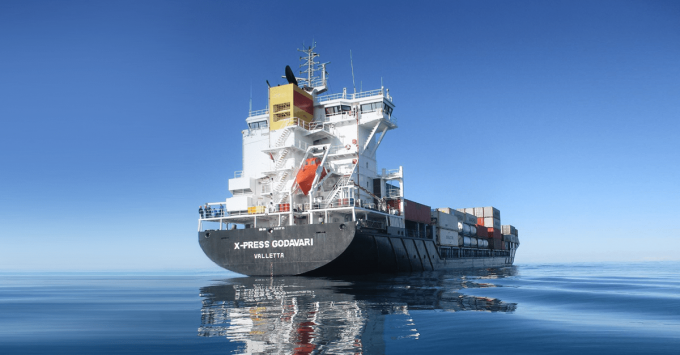
The ongoing crisis in the Red Sea is emerging as a significant opportunity for feeder operators
5 months ago
The ongoing crisis in the Red Sea is emerging as a significant opportunity for feeder operators

The ongoing disruptions in ocean shipping are proving advantageous for feeder operators, who have rapidly expanded their fleets over the past year.
Recent data from Alphaliner reveals that Singapore-based X-Press Feeders has grown its fleet by an impressive 21.8% since last October, adding 35,000 TEU, while DP World-owned Unifeeder has increased its capacity by 23,000 TEU, reflecting a growth of 17.9%. In contrast, the global liner fleet only expanded by 10.9% during the same period.
According to shipping consultants, both operators are capitalizing on the Red Sea crisis, which has led many mainline carriers to bypass the Suez Canal in favor of third-party feeder services. One former feeder service operator shared with The Loadstar, “Any disruption to liner schedules is beneficial for feeder operators. The most lucrative times for me were during port strikes. The current situation has created a boom period for feeder companies and containership owners alike.”
Alphaliner also noted a surge in traffic for routes such as the Middle East to Indian Subcontinent for X-Press, as well as Intra-Med routes for Unifeeder’s subsidiary, Unimed Feeder Services.
However, recent data from maritime consultancy MSI indicates that time-charter rates for feeder vessels ranging from 1,700 TEU to 2,700 TEU have started to decline, with further decreases anticipated this year. The consultancy predicts that feeder charter rates may experience the steepest declines in the fourth quarter of 2024 due to a surplus of available vessels compared to larger ships.
Despite this, there are factors that could mitigate the severity of these declines. Demand for feeder services remains strong, and net fleet growth is projected to turn negative in the first quarter of 2025, thanks to a low number of new deliveries. Additionally, the intra-Europe and intra-Latin America trades have shown greater resilience than previously expected, boosting the demand for feeder vessels.
Hans-Henrik Nielsen, director of NVOCC CargoGulf, commented on the evolving landscape: “With larger container vessels no longer making port calls in Jeddah en route to Europe, we see smaller, dedicated ships servicing the Red Sea. This shift has created niche opportunities for companies like ours, allowing for greater flexibility compared to mainline operators.”
The constrained market capacity, exacerbated by the need for additional tonnage for transits around the Cape, has further heightened the demand for feeder services. With mainline carriers scrambling for limited capacity, they are increasingly reliant on third-party feeder companies.
Furthermore, industry insiders express optimism about the forthcoming Gemini alliance, believing that Maersk and Hapag-Lloyd will require assistance with their shuttle services. While mainline operators will maintain control over major hubs, they will periodically need support from feeder services to manage spoke ports efficiently.
X-Press Feeders’ remarkable growth has enabled it to place orders for six new 11,000 TEU container vessels, set to enter service in 2027 and 2028. This significant expansion marks the operator's entry into the larger ship segment, although specific deployment routes for these vessels have yet to be disclosed.
Source: The Loadstar